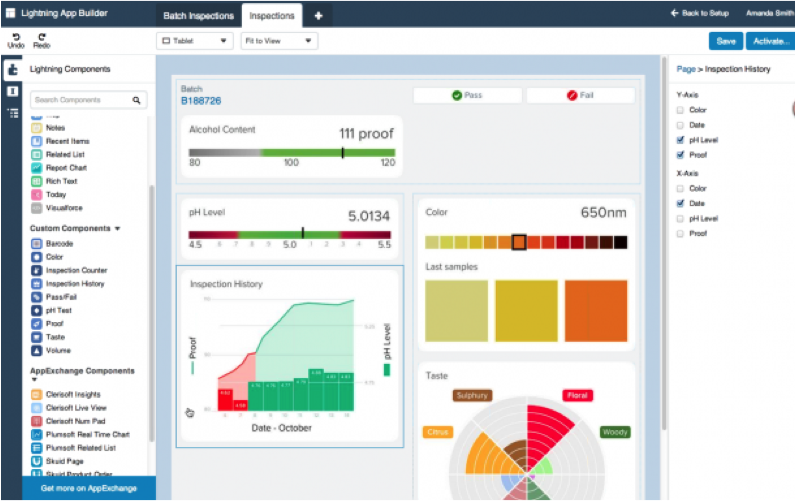


These are the components that are compact and can be easily configured. A brief demonstration of the same is shown below, However, the template divides the page into two regions, while the second region might be divided into two regions based on the device on which the page will be displayed. This is dependent on the template chosen for creating the page. The best thing about the lightning page is, it adapts itself to the devices on which the page is viewed. In all, a lightning page provides a higher level of customization at a shorter period. Customized homepages (Customized components and features).Custom record pages (Record pages for the object, customization as per the user requirements).Point Apps (Apps that is created for solving a particular task).Dashboard Style apps (Dashboard for displaying information from different sources).Create Single Page apps (Standard Pages ).Right from app branding, app navigation to setting app options. There are many more things that can be done with the help of this tool. The app settings can be managed from the lightning app builder. I can create custom pages in a few minutes, for both the lightning experience, as well as the mobile experience. The lightning app builder is a typical “ point and clicks” tool. Lightning App builder can be used for customizing pages both on desktop deployments and mobile deployments as well. This can be done with the Lightning App Builder. Lightning pages on Salesforce are nothing but a collection of different lightning components, that are located on the different regions of the page. We can adopt two different approaches in this case for customization. This is where Salesforce is different from the standard offerings. Any object record page in Salesforce can be completely customized and personalized using the page layouts.


 0 kommentar(er)
0 kommentar(er)
